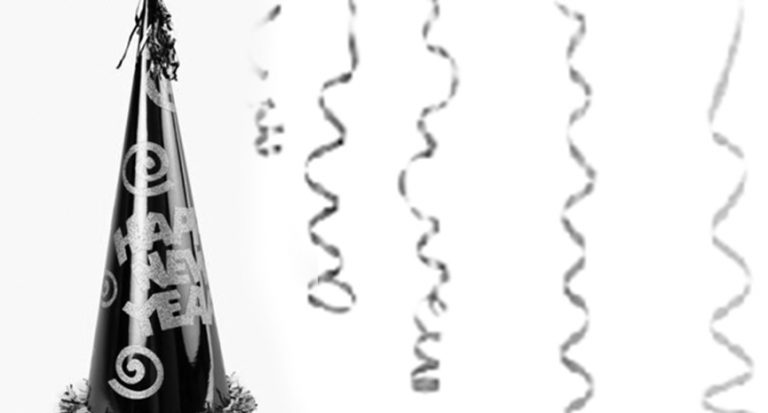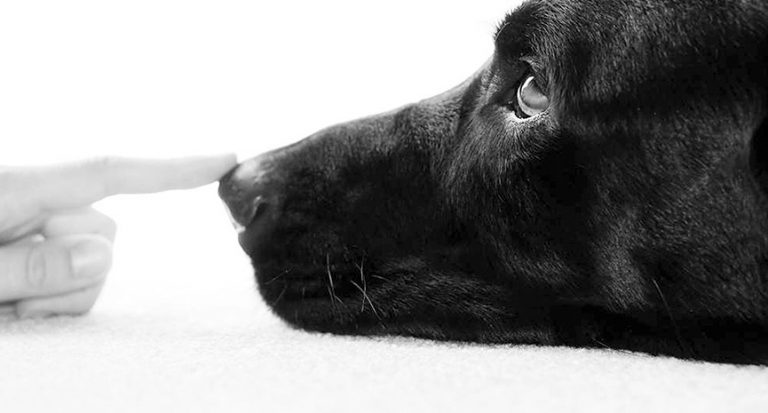Could very well be dogs love car rides because they feel as if they are on a hunt. For example, cats never love car rides, or at best merely learn to endure them because when riding in a car cats don’t feel as if they are on a hunt. Why when in a moving car, can a dog feel as if it’s on a hunt whereas a cat doesn’t? Because dogs evolved to hunt by feel whereas cats hunt by instinct.
This will make more sense once one understands what hunting for an animal feels like. In our mind hunting means stalking, chasing and killing prey in order to obtain food, but in the animal mind a hunt is a state of “emotional suspension” whereby the predator when highly aroused, projects its “self” (i.e. its “emotional center-of-gravity) into its prey–and if–the prey acts like prey, then whatever the prey does the predator mirrors by feel the equal and opposite movement in order to counterbalance it. This in fact is how a predator “knows” how to catch its prey. (Best visual example of this is watching a cheetah take down a gazelle on a nature show wherein the cat by virtue of “being in drive” has projected an emotional calculus onto its movements so that at some point in time its own trajectory intersects with the gazelle at a common point in time and space.) And in such a state an animal feels weightless. Feeling weightless is what hunting feels like.
Cars are perfect vehicles for arousing an emotional state of suspension because the feeling of weightlessness can be induced by the phenomenon of physical synchronization. (This allows wolves to pool their collective energies onto a midpoint so that as a group they can take on prey animals in a coordinated manner that they cannot physically overpower even when in numbers.) Because a dog projects its “self” into the forms of things toward which it is strongly attracted or bonded with (for example people in a car), and because everyone in the car is 1) facing the same direction, 2) swaying in unison to the dips and bends in the road, 3) accelerating and de-accelerating perfectly in sync with the momentum and change of direction of the car, the dog is induced by all this synchronized physical movement into a state of emotional suspension and therefore the dog feels as if it is part of a group that is on the hunt. The more the car moves and the faster stimuli whiz by the more the physical energy is channeled into the feeling of suspension. The question now becomes how much sensory input, i.e. energy, can this feeling of weightlessness sustain and here we can see different temperaments of dogs begin to precipitate out so that they respond to various things.
For some dogs the feeling can grow so strong that when their emotional or carrying capacity is exceeded, they strike at things going past. This is when the prey instinct, an automatic, hardwired reflex, takes over in order to make the kill. (We need to remember that it’s only in our mind that a dog on a sidewalk is motionless relative to the dog in the moving car. For the dog in the car, the dog on the sidewalk is moving 30, 40 or 50 mph and that’s a pretty fast prey animal.) Some dogs have a higher carrying capacity and can retain a feeling of arousal for the potential moment in the future when they will be let out of the car so as to express the internalized energy in a concrete way, such as running around, rolling on the ground, playing Frisbee or going for a hike with their owner.
Cats on the other hand (as well as all other animals) have a far more limited emotional capacity than dogs and so the phenomenon of induction by virtue of physical synchronization is not as likely to get going. For example, a lower emotional capacity is why when cats have their bellies rubbed and they start to get excited, they quickly hit an overload circuit breaker and then the reflex to claw and pounce comes up and, since the owner’s hand as prey-isn’t-acting-like-prey, they have to run away. Whereas dogs of course can have their bellies rubbed all day and simply wallow in higher and higher states of ecstasy, i.e. weightlessness.





